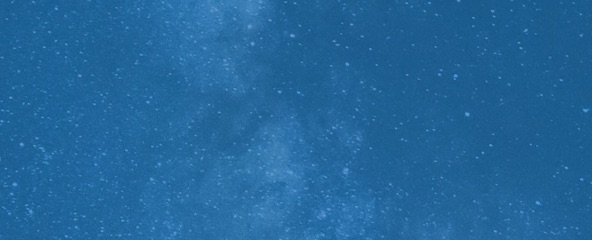‘Einstein’s Shadow’ explores what it takes to snap a black hole’s picture
The new book offers a behind-the-scenes look at the Event Horizon Telescope’s attempt to image a black hole.
Every print subscription comes with full digital access

With a drive to understand how things work, these young researchers are making a mark in sustainable energy, medicine, astronomy and technology.

The new book offers a behind-the-scenes look at the Event Horizon Telescope’s attempt to image a black hole.

The slumped remains of 21 ice volcanoes suggest that the dwarf planet Ceres has been volcanically active for billions of years.

A new estimate of the number of human genes adds in some RNA-producing genes.

Scientists and journalists share a core belief in questioning, observing and verifying to reach the truth. Science News reports on crucial research and discovery across science disciplines. We need your financial support to make it happen – every contribution makes a difference.

Biophysicist Ibrahim Cissé finds clues in raindrops and morning dew about how genes are activated.

Planetary scientist Christopher Hamilton uses Earth’s volcanic structures are a blueprint for how lava shapes other worlds.

Astrophysicist Paula Jofré is a galactic archaeologist, mapping out generations of stars.

Physicist Lisa Manning probes how physical forces influence cell behavior in asthma and other conditions.

Electrochemist Joaquín Rodríguez-López is finding better ways to store wind and solar power.

Computer scientist Anshumali Shrivastava is designing programs that can handle torrents of information quickly and efficiently.

Theoretical physicist Douglas Stanford is linking some of the most massive objects known to the quantum realm.

Evolutionary anthropologist Jenny Tung is untangling the many health effects of life as a social animal.

Astrophysicist Jocelyn Bell Burnell speaks about winning the Breakthrough Prize, impostor syndrome and giving back.

Merging psychology with engineering, Shahzeen Attari probes how people think about conservation, energy use and climate change.

The claim that poor children hear fewer words than kids from higher-income families faces a challenge.

NASA’s Cassini spacecraft spied a vortex growing high over Saturn’s north pole, whose hexagonal shape mirrors a famous underlying cyclone.

The record for the highest-temperature superconductor may be toast.

Old seeds can sprout new plants even after centuries of dormancy.

Using chemistry to peer at the microbial world, Emily Balskus is revealing how microbes influence human health.

A new technique reveals how to make bubbles from droplets suspended in the air.

Graphene-based electronics that operate at terahertz frequencies would be much speedier successors to today’s silicon-based devices.

The Stone Age line design could have held special meaning for its makers, a new study finds.

Wetlands can survive and even thrive despite rising sea levels — if humans give them room to grow.

A new estimate of the number of human genes adds in some RNA-producing genes.

Kidney stones are dynamic entities that grow and dissolve, a new study finds, which contradicts the prevailing medical assumption.

Healthy elderly adults don’t benefit from a daily dose of aspirin, according to results from a large-scale clinical trial.

Human skeletal stem cells have been found for the first time.

Traces of cholesterol still clinging to a group of enigmatic Ediacaran fossils suggests the weird critters were animals, not fungi or lichen.

Scientists say they’ve witnessed a type of neutron star called a pulsar being born in the wake of a massive supernova for the first time.
Subscribers, enter your e-mail address to access the digital replica edition.